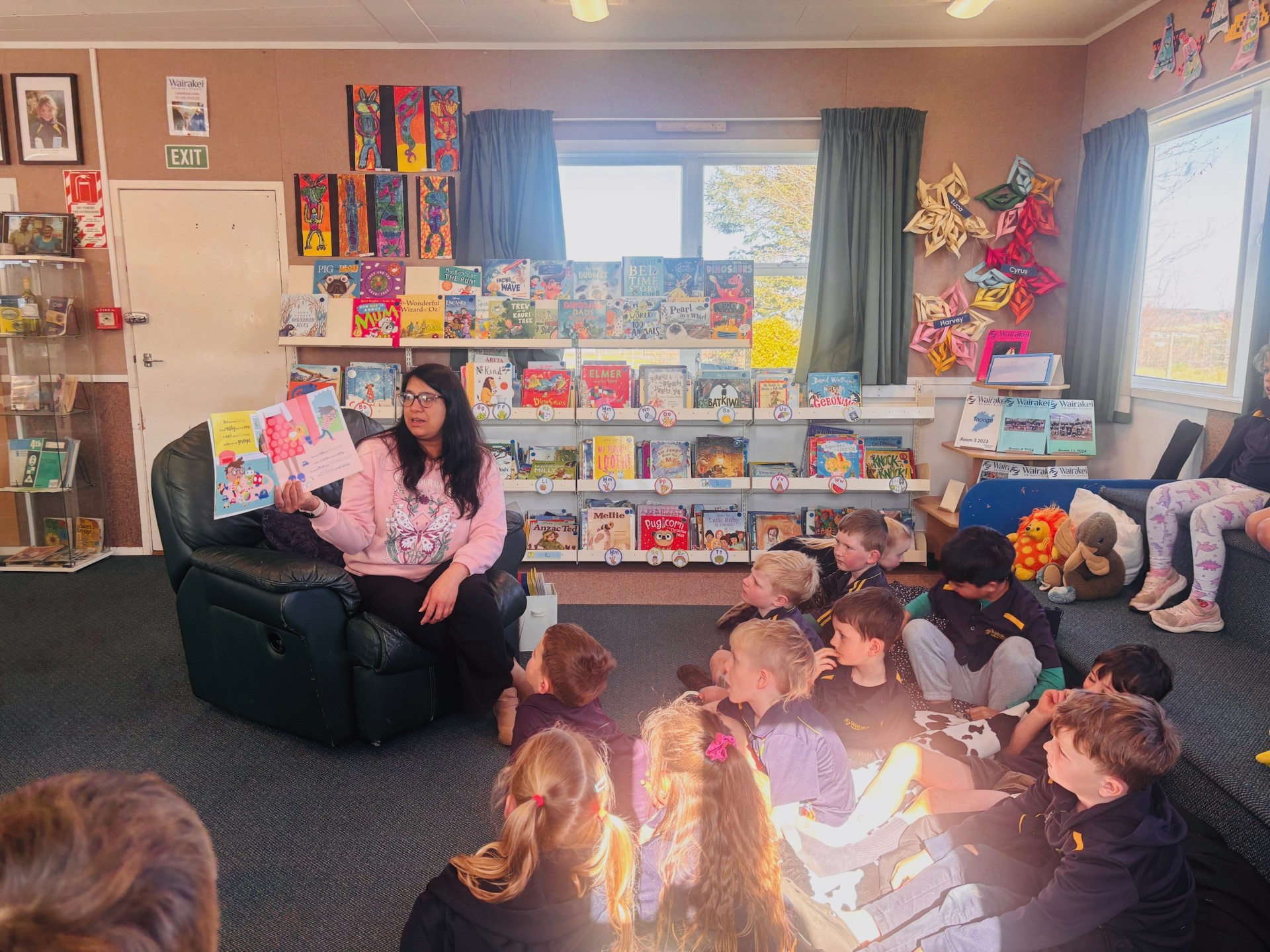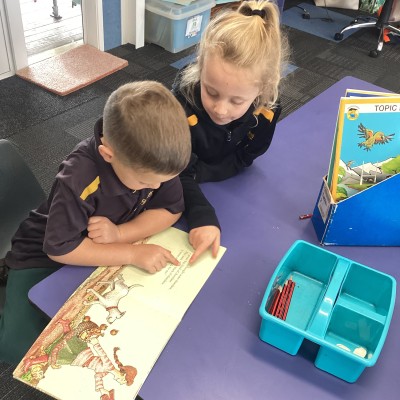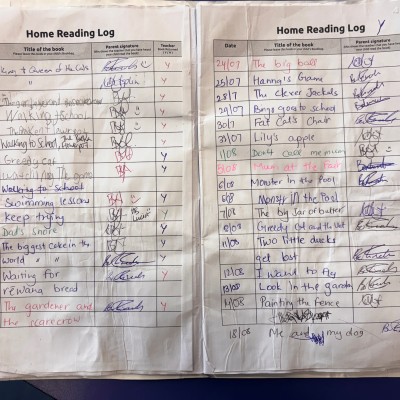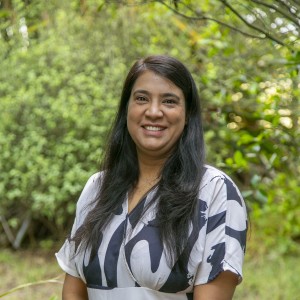The students began to read a range of books, finding reading time more engaging. A reading routine was established, with students paired for buddy reading. Books are sent home every day, providing students with the opportunity to read with their whānau.
Reading is fun with family. They help me with hard words
Reading helps me learn new things and read more.
I like reading alone in my own space.
Through exploring the Better Start Literacy Approach (BSLA) books, library books, and Ready to Read books alongside the implementation of BSLA into the class programme, students have been practising essential skills such as decoding, comprehension, and learning new vocabulary.
Decoding allows students to sound out letters and blend them into words. Comprehension occurs when individuals understand the stories and information they read, while vocabulary enrichment and progression enhance the words they know and use in conversation and reading. Following the changes in the Reading programme, parents shared that their children had become more confident to read at home.
Oscar is really enjoying his reading at home again, so thank you for your support.
I read every day to get better and more confident
Guided reading is a small-group approach where students practice decoding, comprehension, character analysis, and story development with the teacher's support. This classroom strategy enables students to work towards their reading targets using a book at their learning level.
After morning tea, students take part in buddy reading,” where they work with a partner to read together. They take turns reading, and if they find a word they cannot read, they try to decode the word together using their knowledge of sounds. This encourages peer support and keeps students motivated. After lunch, students enjoy 10 minutes of silent reading, which helps build independence and aims to strengthen their love of books. By giving students the opportunity to select books they are interested in and a chance to build fluency and stamina, their positive association with reading continues outside of the classroom.
I like reading with a buddy and sharing ideas.
I sound out words to learn what they mean.
Sounding out words helps me understand them.
We learn about Kiwi’s and nature when we read.
Reading does not just build knowledge; it also creates calmness, connection, and confidence. It also teaches how to use expression with, character voices, and oral language that grows with each page read.
Books get better when they are harder.
I like seeing pictures and reading with my family.
Reading helps me learn new words.
I can say bigger words when I read.
Harder books get easier when I read every day.
When I see ‘ed’ words in the books, it makes me think of other ‘ed’ words.
When there are no pictures in the book and I read a little, I make pictures in my head about what’s happening in the story.
Since refreshing the Reading programme in the classroom there was a shift in students' attitudes towards reading. They are now eager and enthusiastic. This is seen through the way that reading sessions have become a daily routine, which students look forward to. Students thrive on routine; it prepares them for what comes next and builds their confidence. Whenever they spot a word containing a sound pattern we have been focusing on, they proudly point it out, saying, "Look what I found." It's heartwarming to see students identify suffixes like "ed" and "ing" and share their findings confidently.







Comments
No one has commented on this post yet.